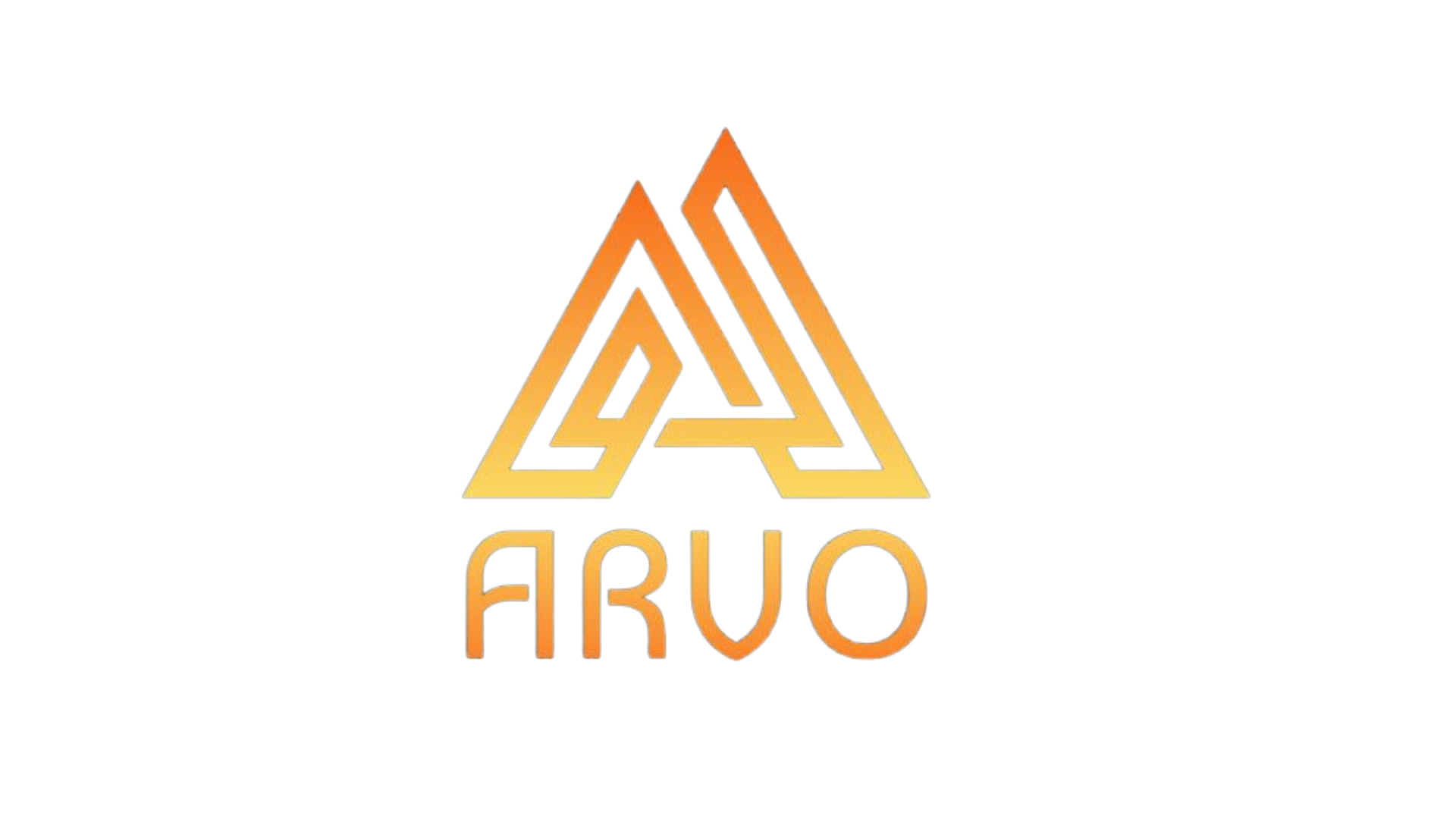
The luxury goods industry has been significantly affected by the COVID-19 pandemic, leading to a re-evaluation of supply chain and operations strategies. In order to overcome the challenges and maintain competitive advantage, companies must adopt more flexible, sustainable, and efficient models. This post discusses the need for a supply chain rethink in the luxury goods industry, the factors driving these changes, and the potential benefits of adopting new approaches.
Vulnerable Business Models:
The pandemic has exposed the vulnerability of traditional business models in the luxury goods industry to demand discontinuity. Luxury goods companies must now consider new parameters, such as the increasing focus on ecological issues, particularly among younger consumers who demand circularity and sustainability in their purchasing choices.
Faster Decision-Making and Operational Model Revision:
To adapt to these changes, the luxury goods industry must adopt faster decision-making processes and revise its operational models. This includes rethinking internal organization, supplier relationships, and logistics flows, both upstream and downstream. The goal is to better protect companies from risk situations and increase efficiency.
Incorporating Time and Sustainability:
According to industry experts, two new fundamental elements must be incorporated into luxury goods business models: the value of time and sustainability. Time has become an increasingly important factor in decision-making, while sustainability has become a prerequisite for most luxury purchases.
Creativity and Prototyping:
Suppliers must provide an ongoing stream of creative solutions and be able to develop prototypes quickly. They should also continuously offer new ideas to luxury goods companies to meet the high demand for innovation.
Centralizing Technology in the Production Process:
Technology must play a central role in the entire production process to facilitate the required overhaul in the luxury goods industry. This involves forging strong connections between all stakeholders and investing in the latest technological advancements.
The luxury goods industry is at a crossroads, with the COVID-19 pandemic revealing the vulnerabilities of traditional supply chains and operational models. Companies must embrace new strategies to survive and thrive in this evolving landscape, including optimizing supplier relationships, leveraging technology, and adopting more flexible and sustainable models. By doing so, the industry can continue to grow and meet the ever-changing demands of consumers.

